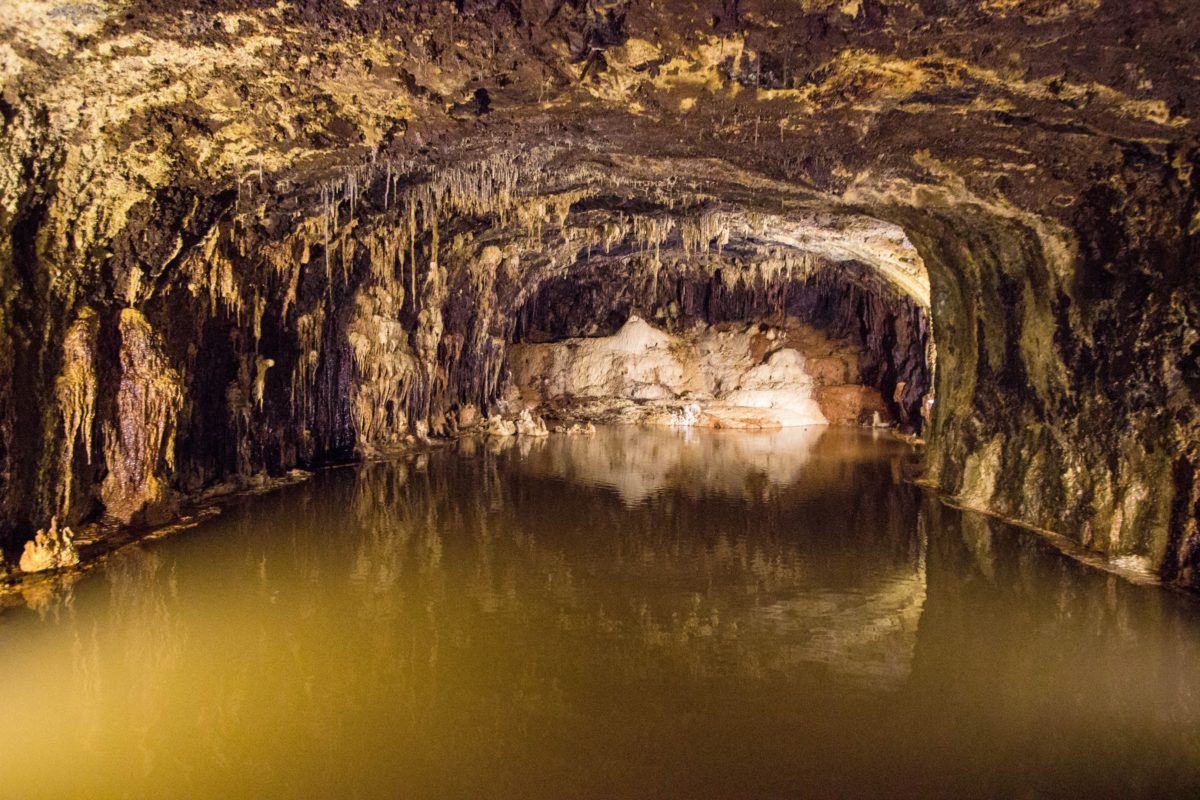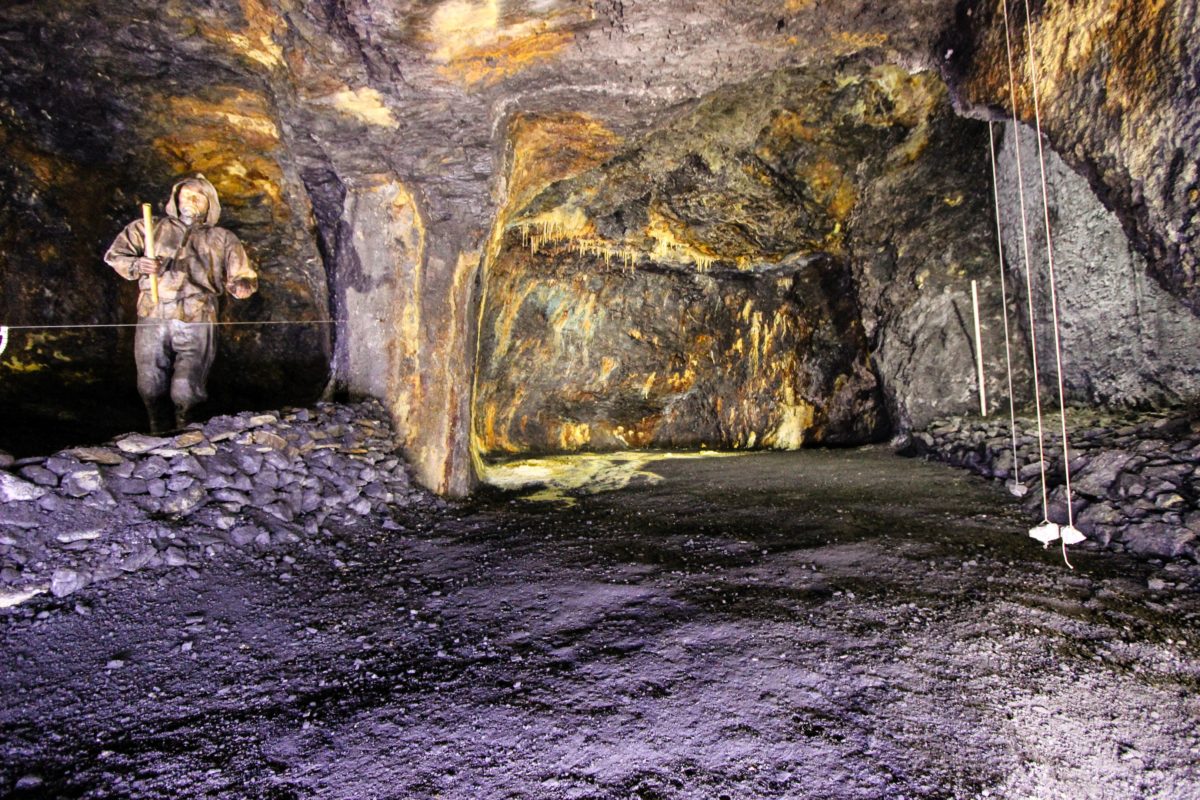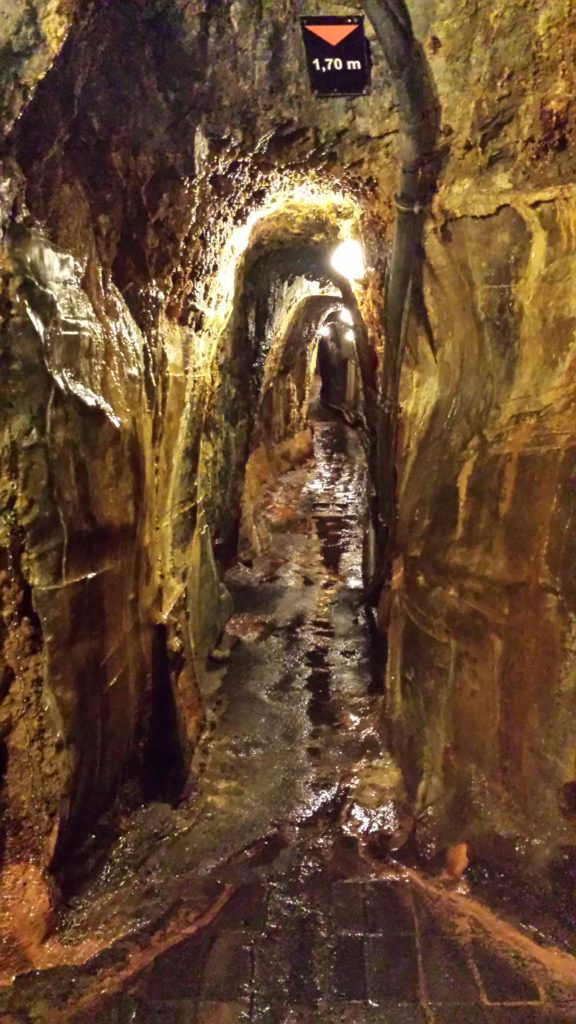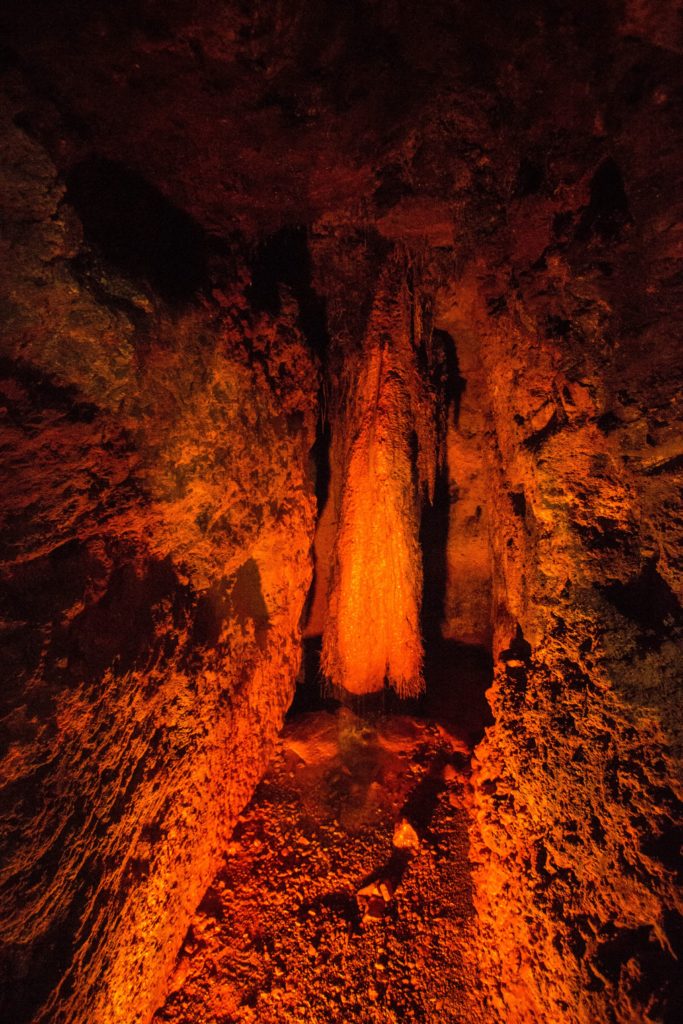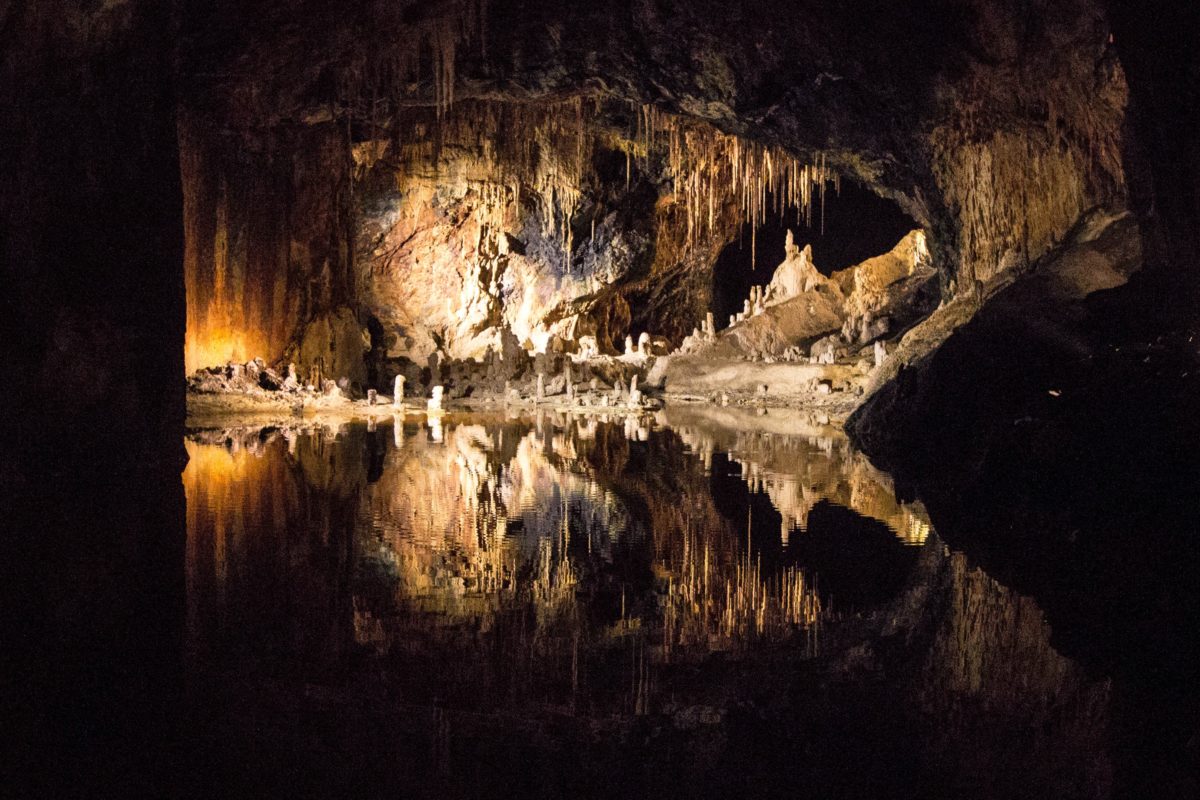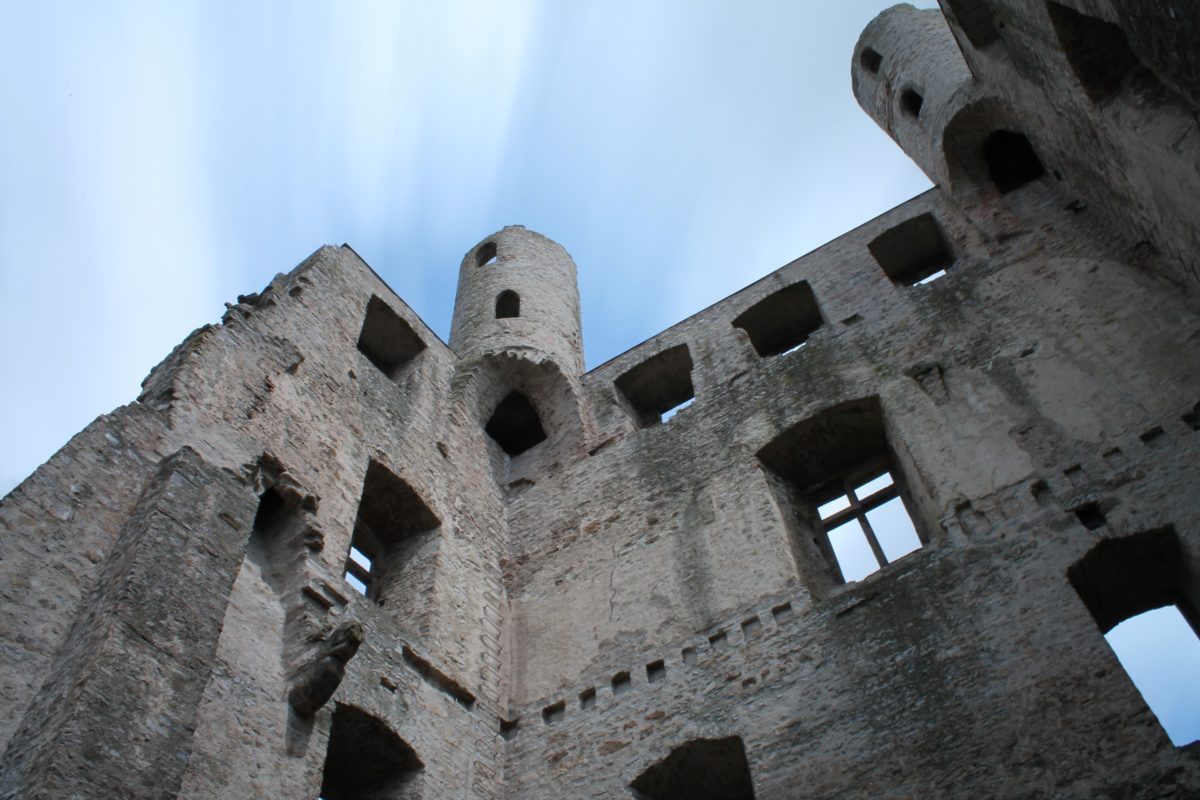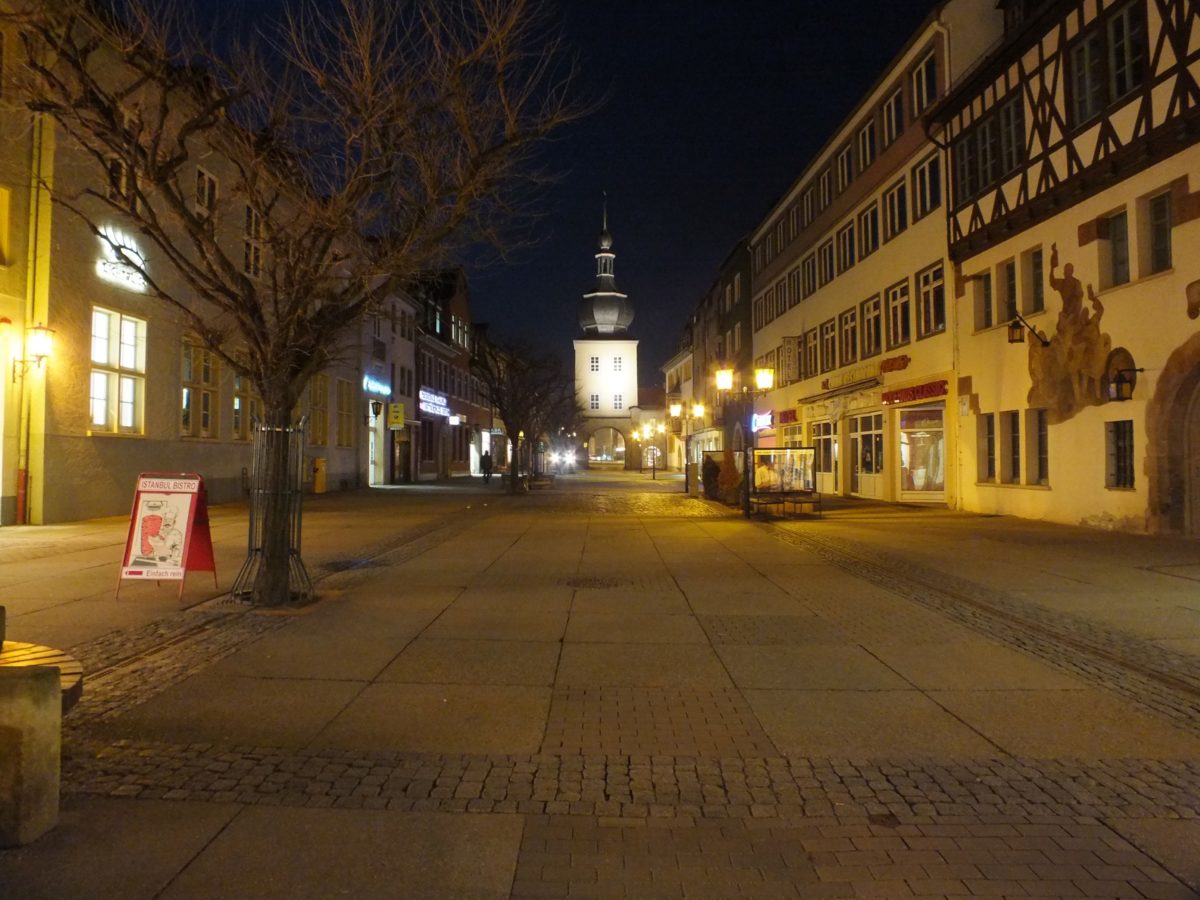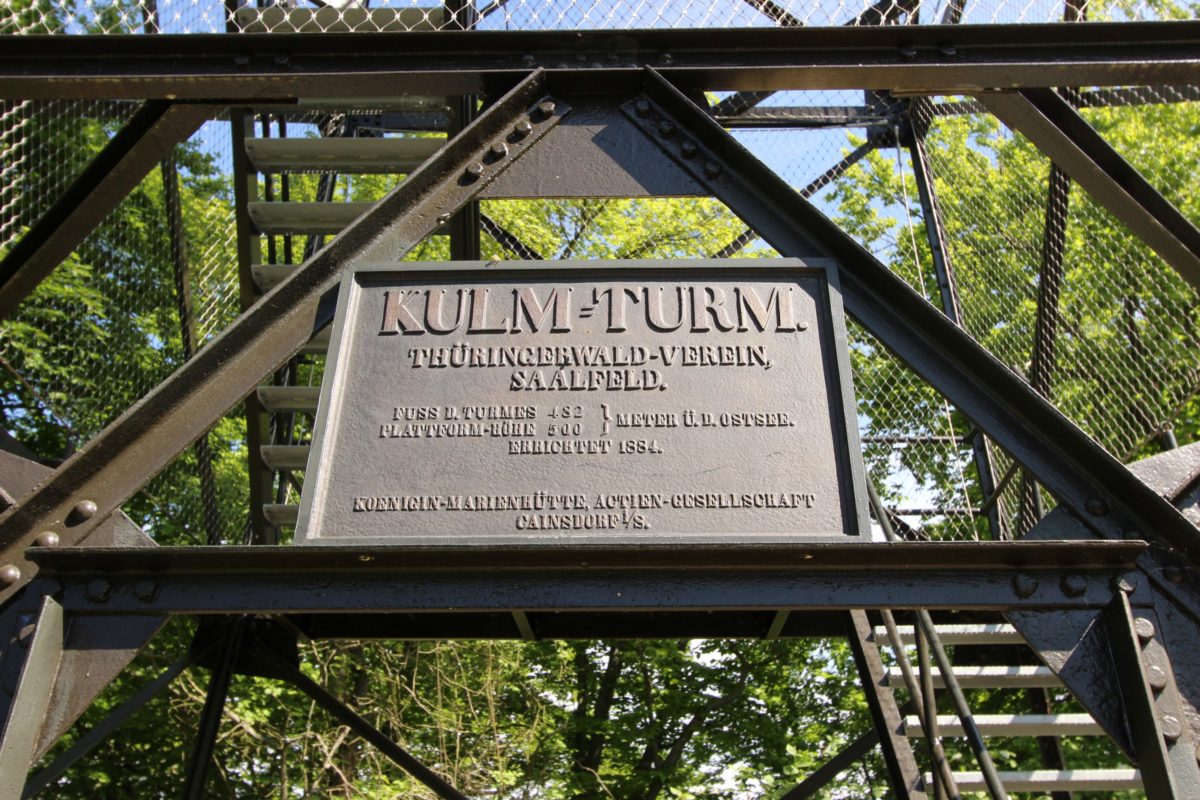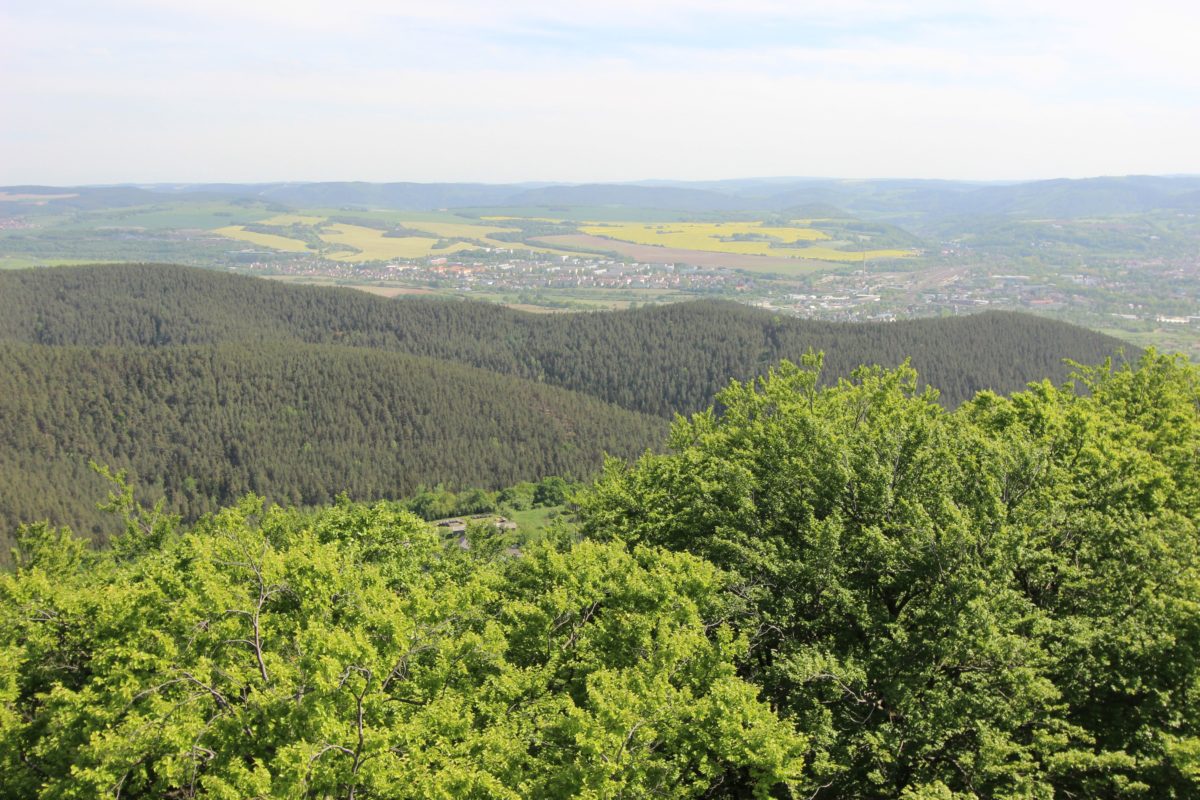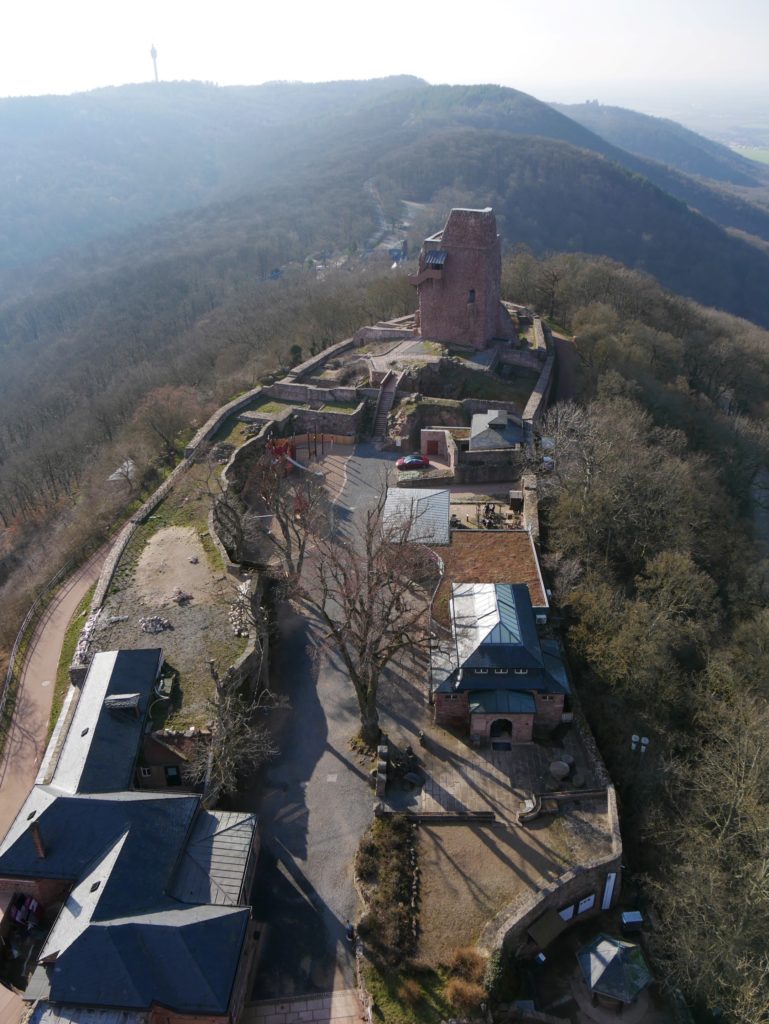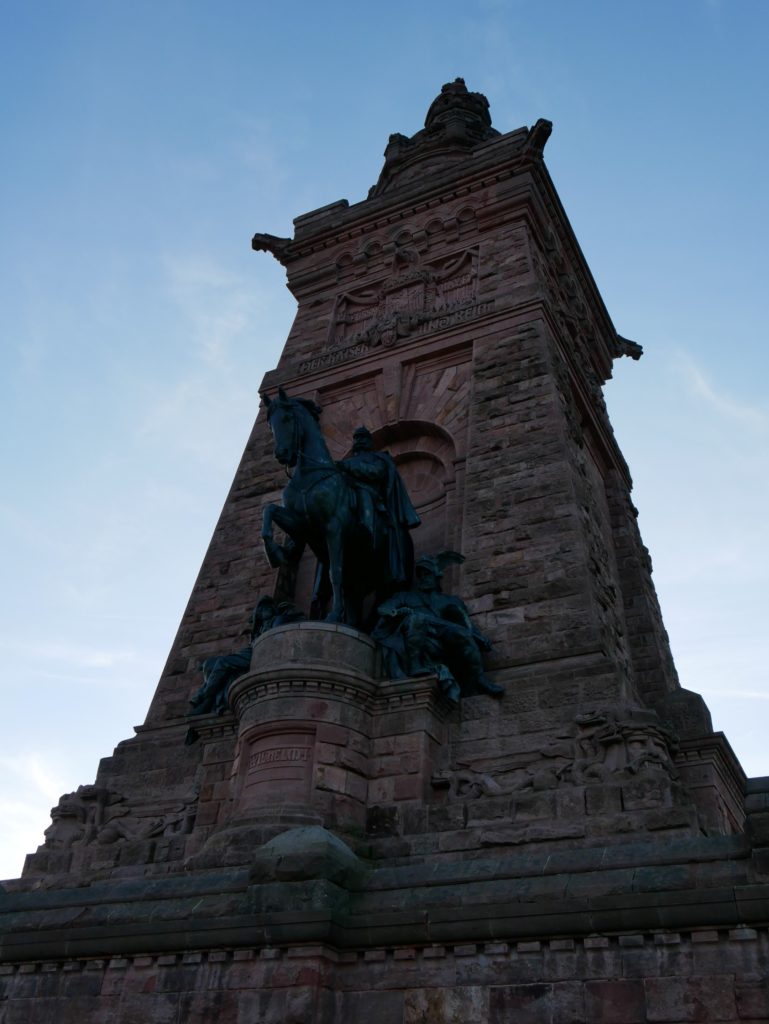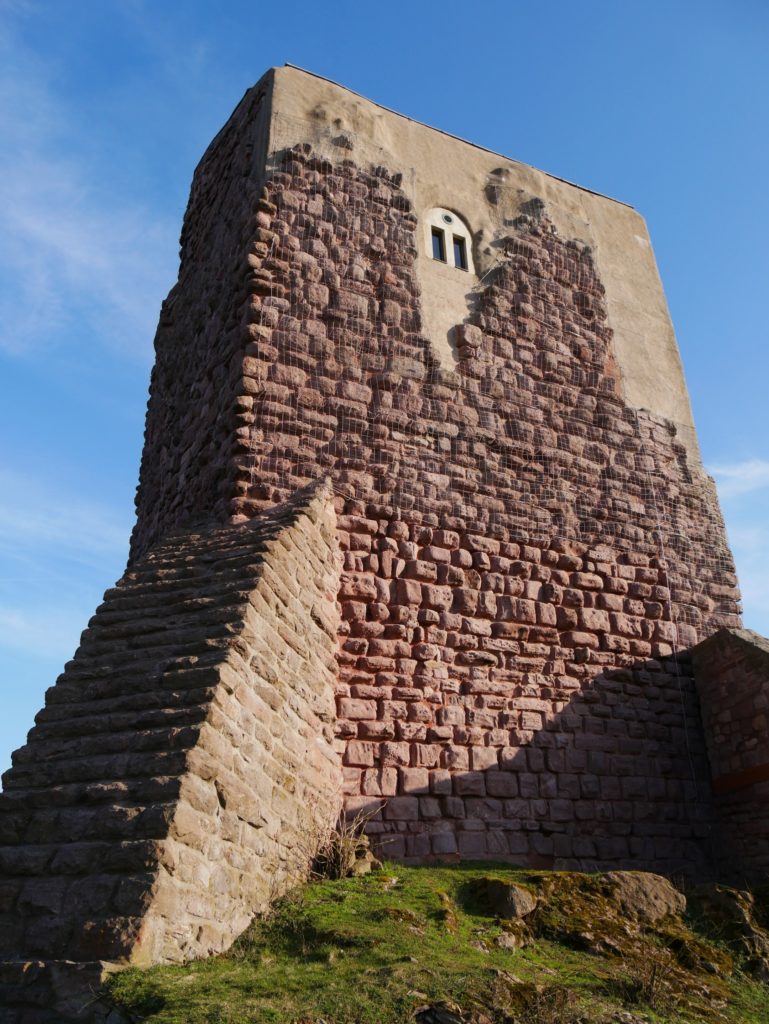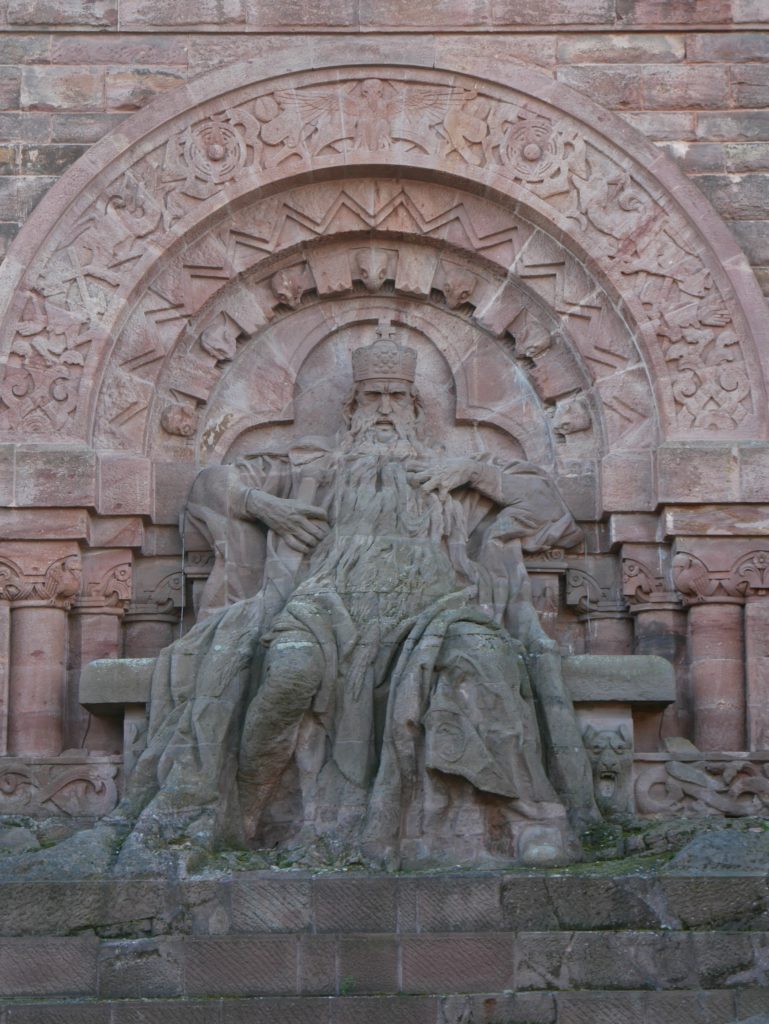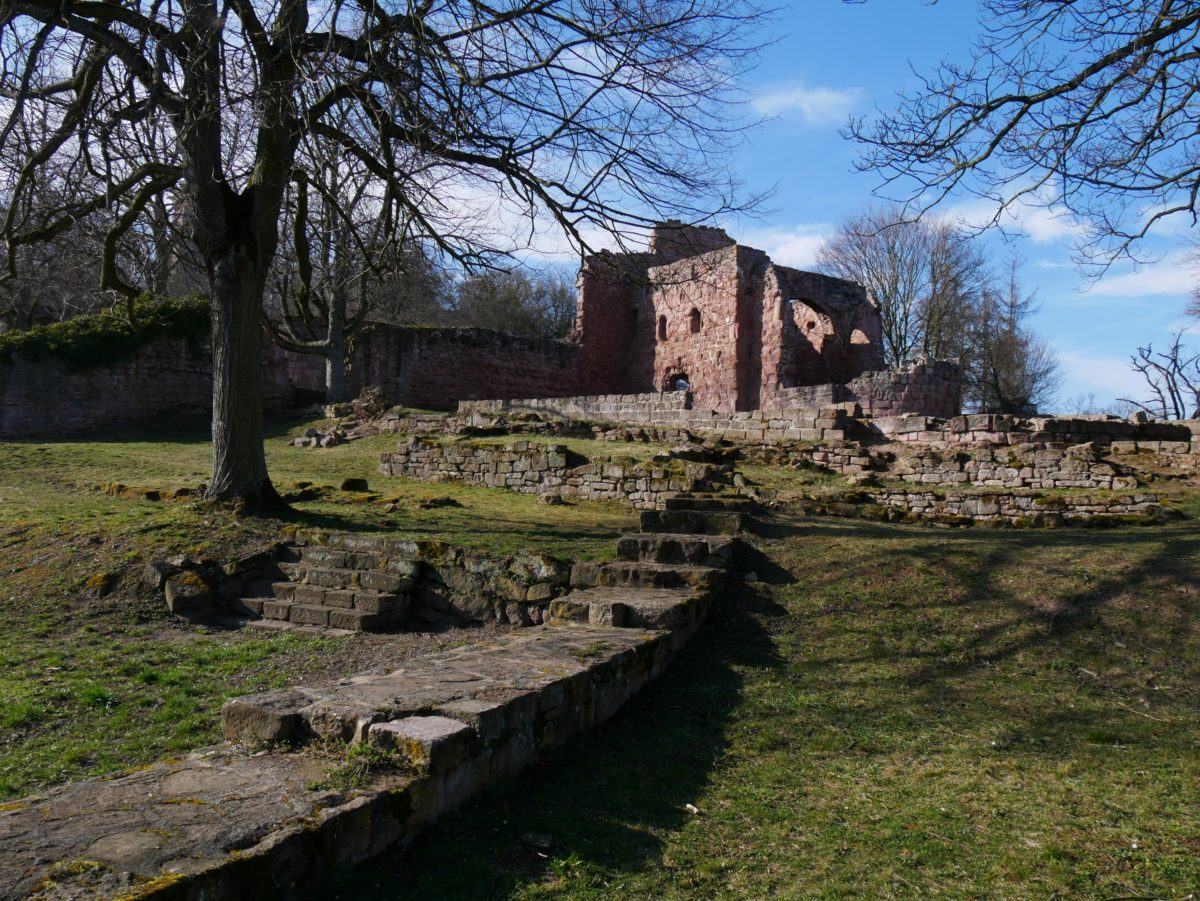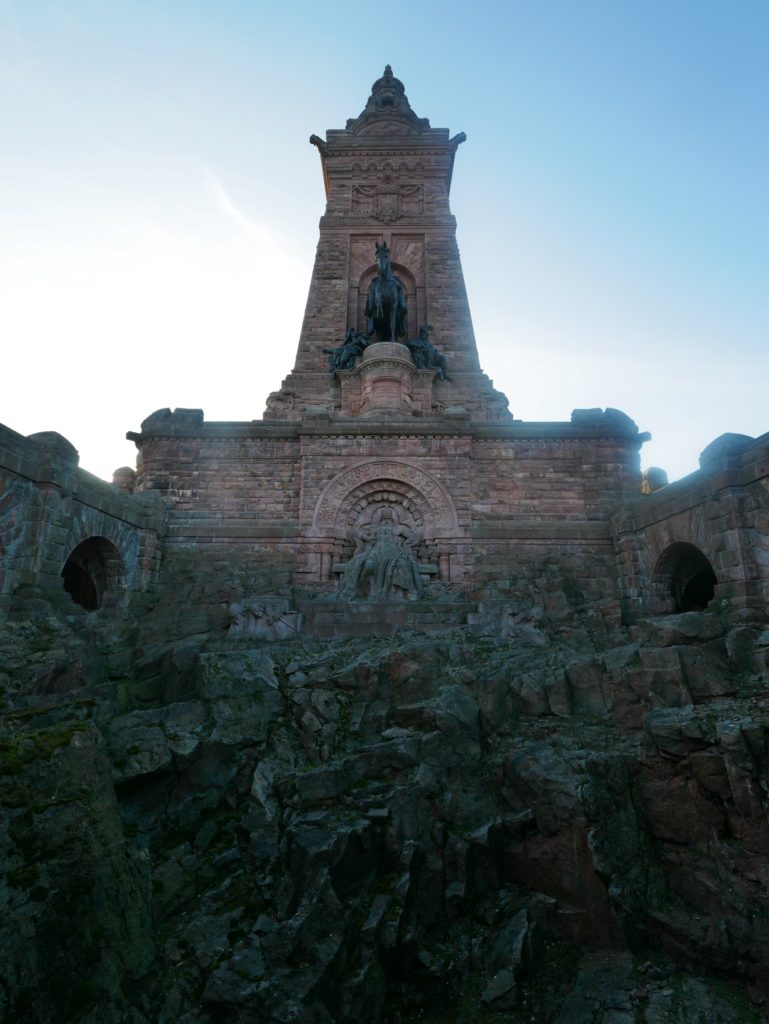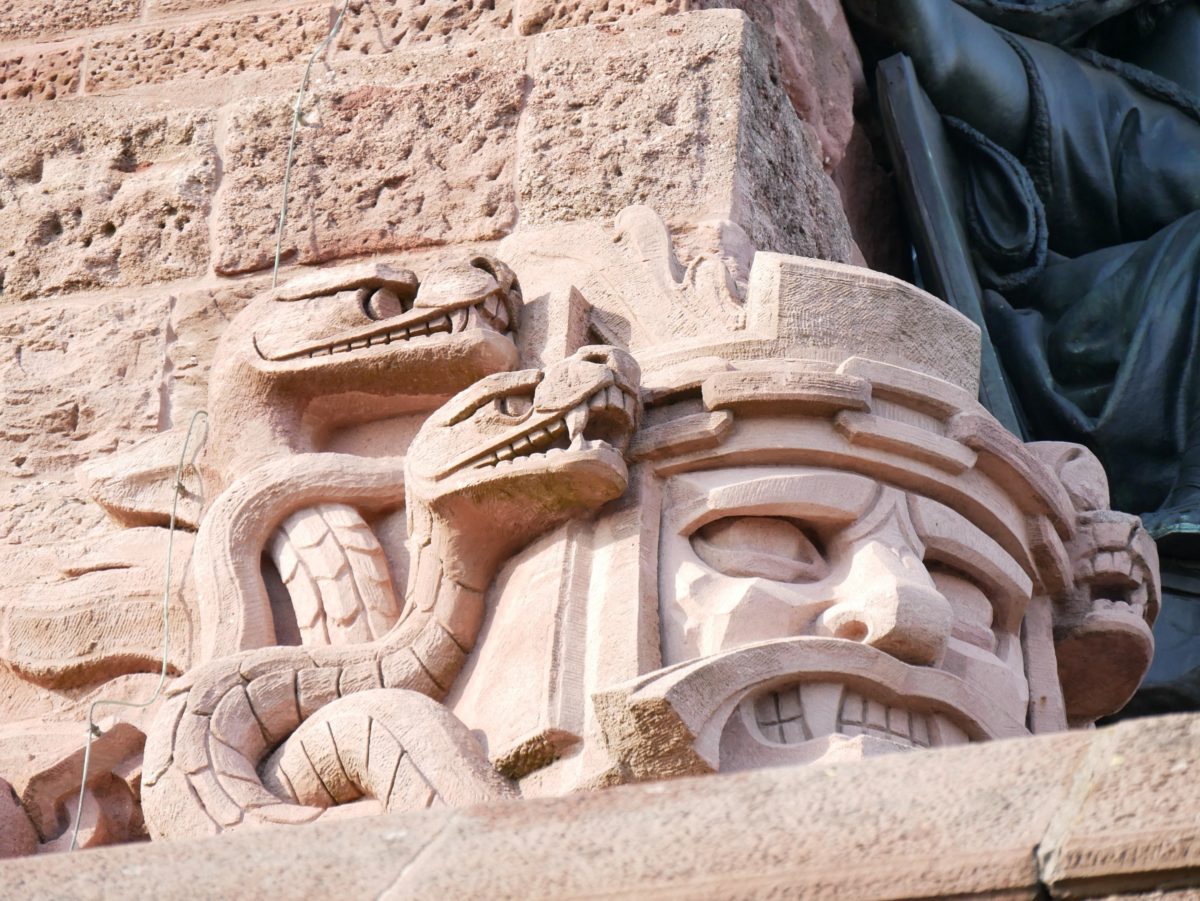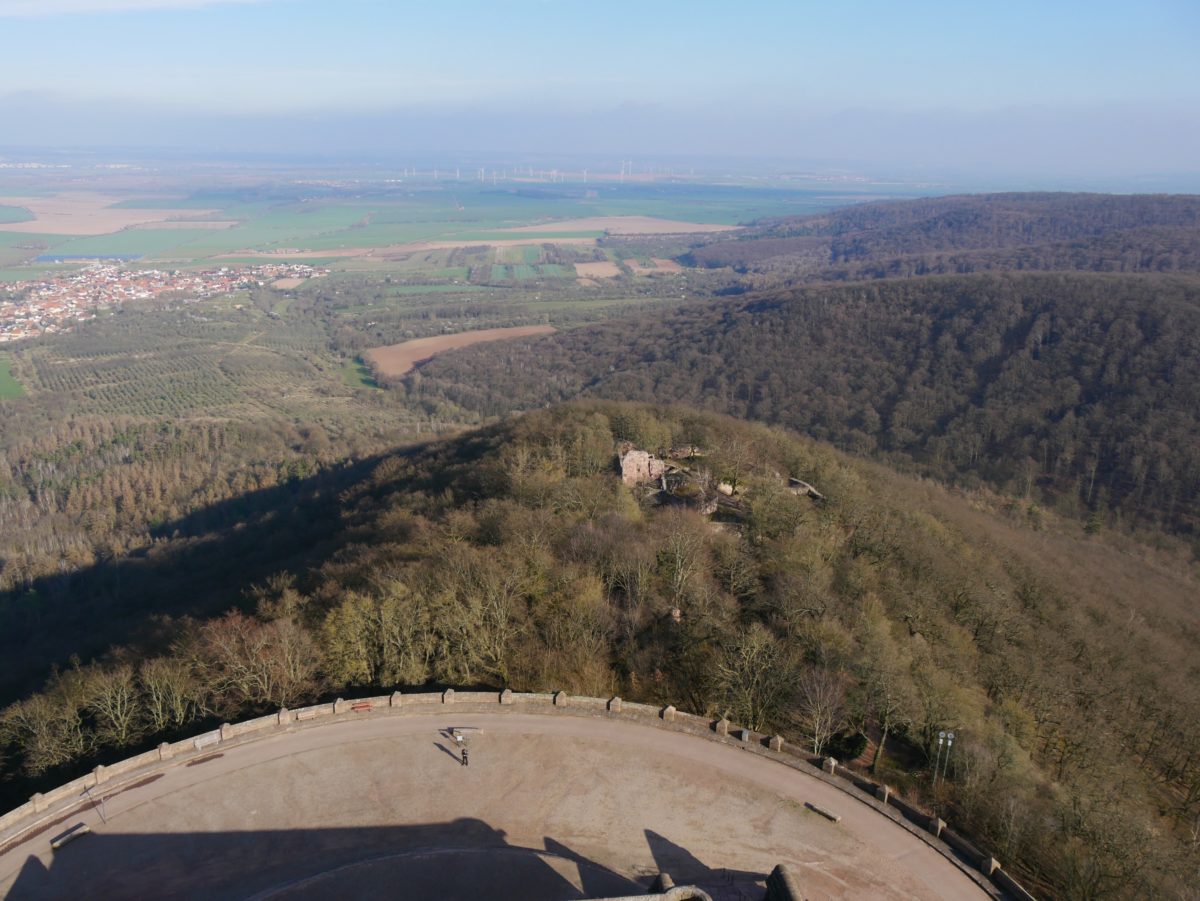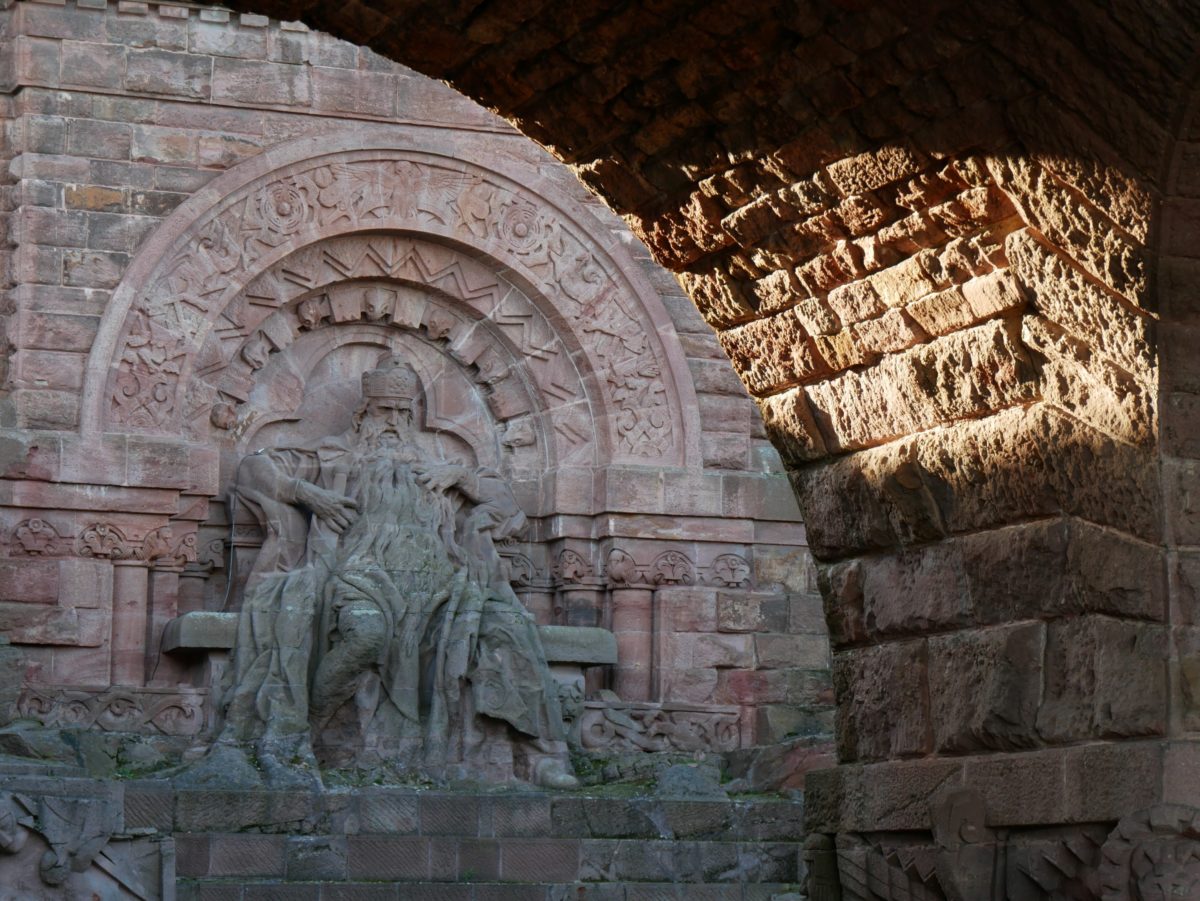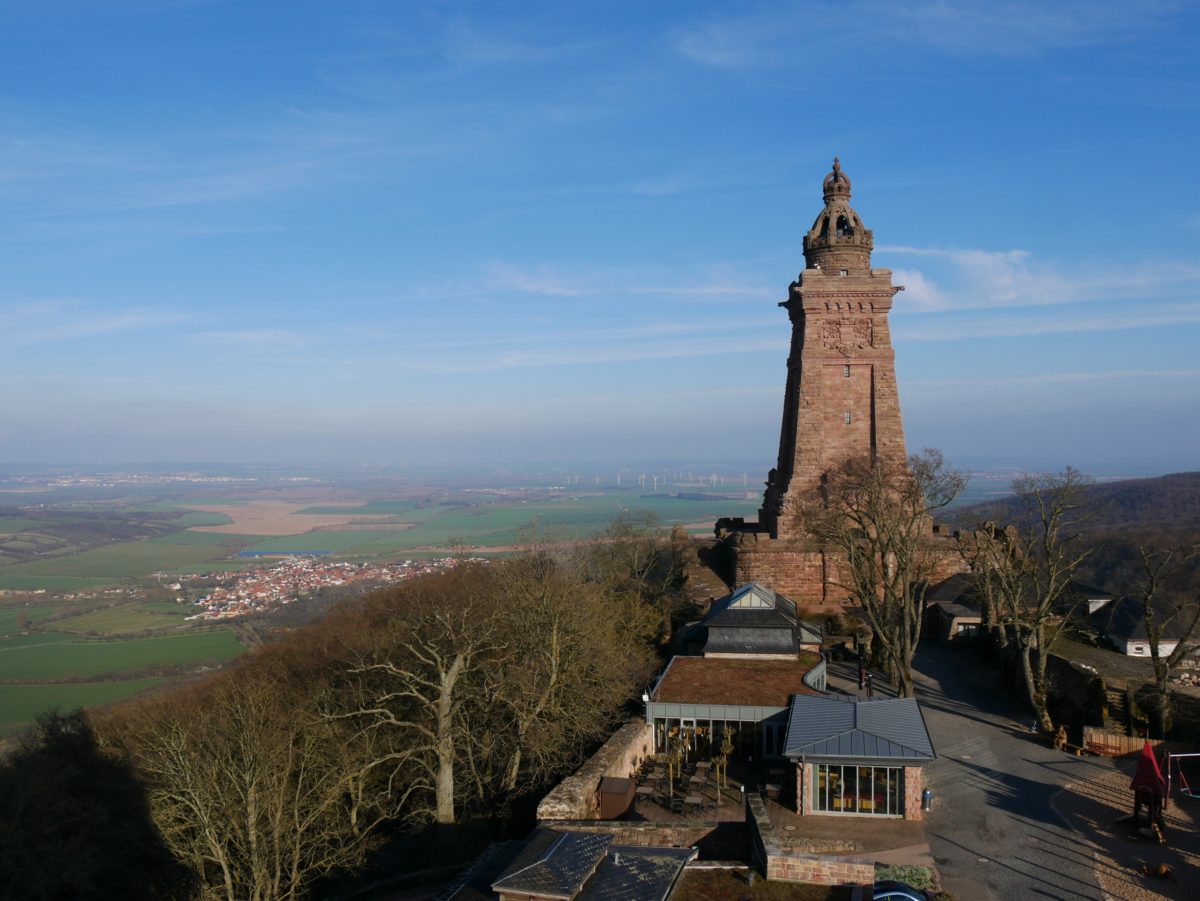
Thuringia is also known as the green heart of Germany. This is due to the Thuringian Forest and the fact that Thuringia is relatively low populated compared to most other German states. The state capital is Erfurt. Other well-known cities are the university city Jena, known for Zeiss and Jenoptik, and the cultural city Weimar.
The journey to Thuringia is not the easiest. There is an airport in Erfurt, but almost nothing flies there. By train you can at least get to Erfurt quite well. But the local traffic to the highlights afterwards is very time consuming, if not impossible. So if you explore Thuringia, the best way is by car.
Sights in Thuringia
In the following I will show you a various sights with short descriptions and a few photos. To make sure you know where to find them in Thuringia, I have marked all points on a map: https://goo.gl/maps/ShmVBfT3q8xttqPYA
Fairy Grottoes Saalfeld
The Fairy Grottoes in Saalfeld are the most colorful show grottoes in the world. During a guided tour through the Fairy Grottoes you will be equipped with coats to protect your clothes from the mineral-rich drops in the underground. You will make your way through narrow corridors and along various grottos.You will see countless stalagmites and stalactites. The highlight is the fairytale cathedral, which you will reach at the end of the tour. It is illuminated very well and is the perfect photo motive.
There is also a lot to discover around the Fairy Grottoes on a nature trail.
You can find more information about the grottoes here: http://en.feengrotten.de/
And if you are already in Saalfeld, take a look at the historic city center. The highlights are the 4 preserved town gates Oberes Tor, Blankenburger Tor, Darrtor and Saaltor, as well as the castle ruin Hoher Schwarm, which is the landmark of Saalfeld.
The best view you can get from the Kulm.
Kyffhäuser Monument
The Kyffhäuser Monument, built on the Reichsburg Kyffhausen, is one of the largest and most famous monuments in Thuringia. The monument consists of a tower of over 80m height with a large statue of King Barbarossa and above it a statue of Emperor Wilhelm I. Once you have climbed all the steps in the observation tower, a great view awaits you. On the ground you can admire the remains of the castle next to the monument. Furthermore you will find the deepest castle well in the world, 174m deep.
https://www.visit-thuringia.com/travel-hotel-holiday-tour/kyffhaeuser-denkmal-103640.html
And if you are once in the Kyffhäuser area, then also the Barbarossa cave could be an option: https://barbarossahoehle.de/en/
Rennsteig
The Rennsteig is Germany’s oldest long distance hiking trail. On 170km it winds from Hörschel (near Eisenach) to Blankenhein. The Rennsteig runs along the ridge of the Thuringian Forest and reaches its highest point of the route on the mountain called Großer Beerberg, Thuringia’s highest elevation. After the 2nd World War the Rennsteig was only restricted and in parts passable, because the path changed several times between West and East Germany. Today it is completely passable again. The classic route leads over several (usually 6 or 8) stages, although you can of course split it up differently. If you don’t want to hike 6 days with your luggage, there are also organized packages in which you get your luggage delivered to the next stop.
https://www.rennsteig.de/ (German)
City of Culture Weimar
The cultural city of Weimar is especially known for the Weimar Classicism, a time shared by the two poets Goethe and Schiller. Weimar Classicism is a UNESCO cultural heritage site, as are the sites of the famous Bauhaus art school. The Bauhaus also has its own Bauhaus Museum.
https://www.weimar.de/en/tourism/
Weimar was the site of the Constituent Assembly, which ended the era of monarchy in Germany and proclaimed the Weimar Republic. However, the first phase of parliamentary democracy lasted less than 15 years and ended with the darkest period of Germany, the seizure of power by the NSDAP and Hitler. The former concentration camp Buchenwald, one of the largest Nazi camps in Germany, was located on the Efftersberg, not far from Weimar, and is now a memorial site.
https://www.buchenwald.de/en/171/
Further recommendations
Treetop path in the Hainich National Park (UNESCO World Natural Heritage Site)
https://www.nationalpark-hainich.de/en/
Wartburg Castle in Eisenach (UNESCO World Cultural Heritage)
There are many more castles (dt.: Burg) in Thuringia. Just to name a few: Leuchtenburg Kahla, Heidecksburg in Rudolstadt, Burg Greifenstein in Bad Blankenburg or the “Drei Gleichen”, which are illuminated at night (consisting of Mühlburg, Burg Gleichen and Wachsenburg)
